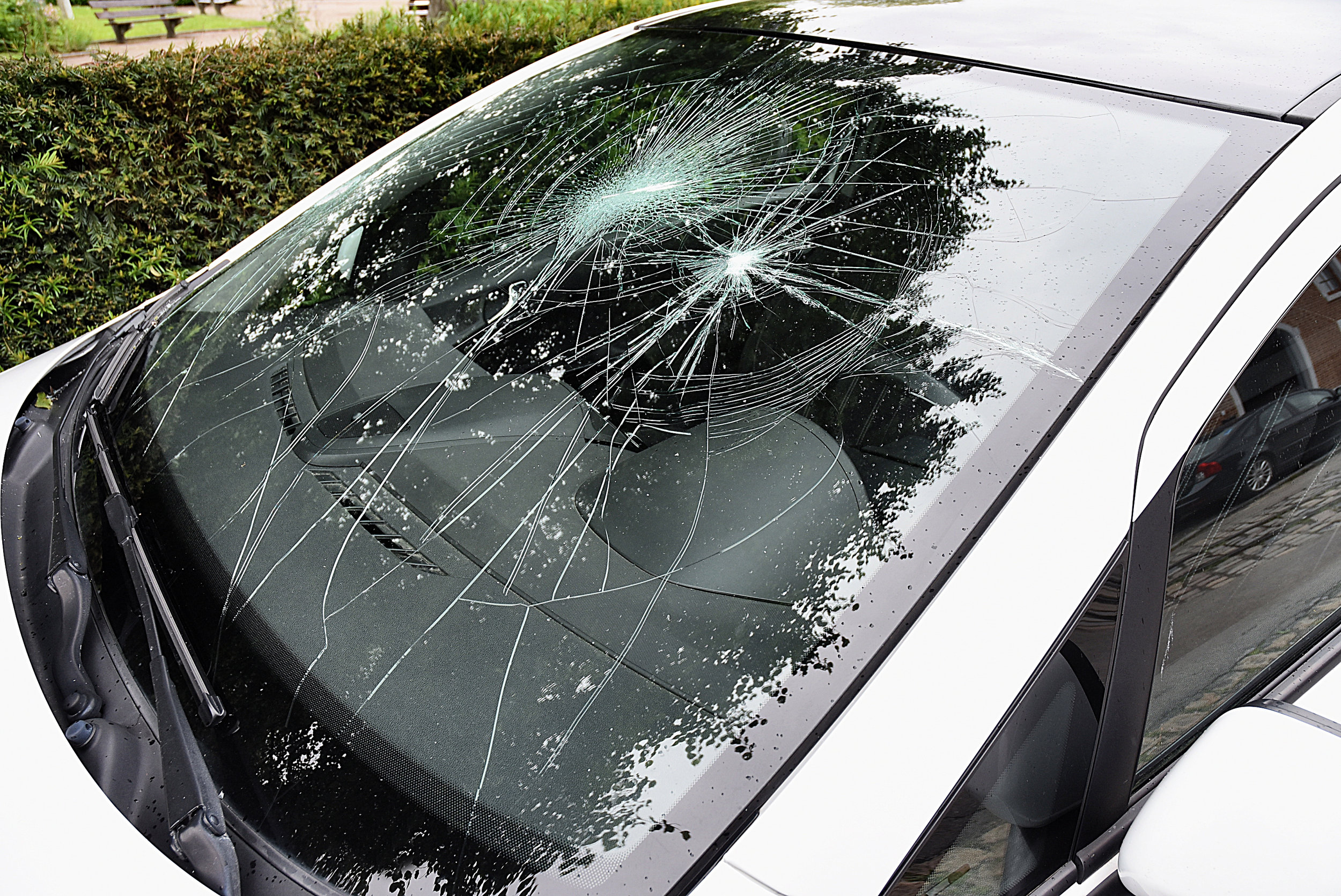An SR22 is Proof of Financial Responsibility and can be required by the DMV for a number of reasons. A DUI, whether you plead it down or not, a 90 day lapse of insurance, failure to pay child support, accumulating 12 or more points against your license in a 12 month period, hitting a pedestrian or bicyclist, failure to appear, having an at fault accident while uninsured, if you are found guilty of graffiti vandalism, certain firearms offenses, street racing and driving under the influence of drugs.
Any of these can lead to your Driver’s License being suspended. So can an incorrect or fraudulent application or if your payment for your license is returned for insufficient funds (NSF). Once your license is suspended you may be required to have an SR22 for at least three years. The date begins when your license is reinstated. If you commit any of the above listed offenses while paying for the SR22 your date will be reset. Or if you have a lapse of SR22 coverage the date will be reset. And, there is no statute of limitations on the SR22 requirement.
What does that mean? If you need an SR22 in Nevada but move to New York (as an example) for several years then come back to Nevada you will need an SR22 to get your Nevada Driver’s License. Additionally, New York (or any other state) may require you to have it to get their license.
How do you get and maintain an SR22 if you need it? Some companies will add it to your current auto insurance. Others will not. Contact us for assistance in either scenario.
For more information on SR22s or lapse of insurance please go to the Nevada DMV website. http://dmvnv.com/
Contributed by: Victoria Sutherland, Licensed Insurance Agent



